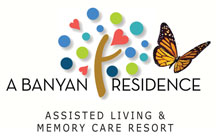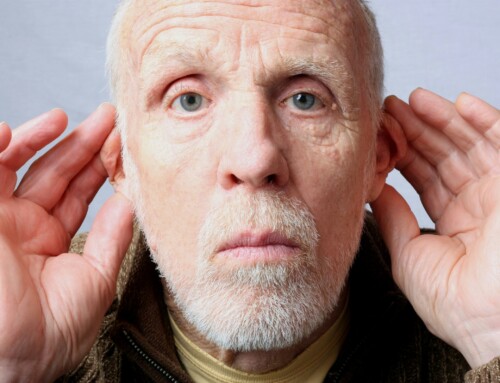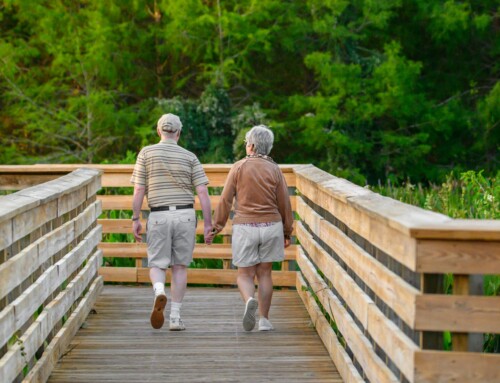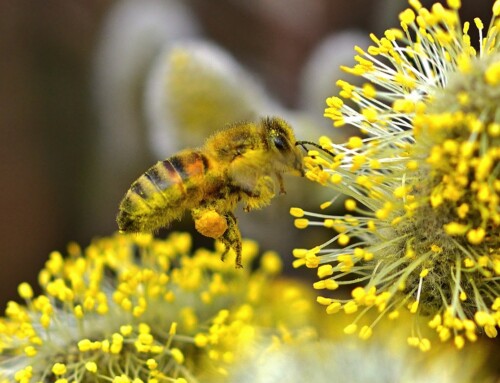As you age, your skin evolves, bringing new challenges and needs, especially once you’re over 60. The importance of skincare during this stage can’t be overstated. Not only does it combat common age-related skin issues, but it also contributes significantly to your overall well-being and sense of self-image. Integrating a skincare routine into your daily life, even if you’re in an assisted living setting, is both achievable and beneficial for long-term happiness. This guide will walk you through understanding, establishing, and enhancing skincare routines tailored to your unique skin needs as a senior.
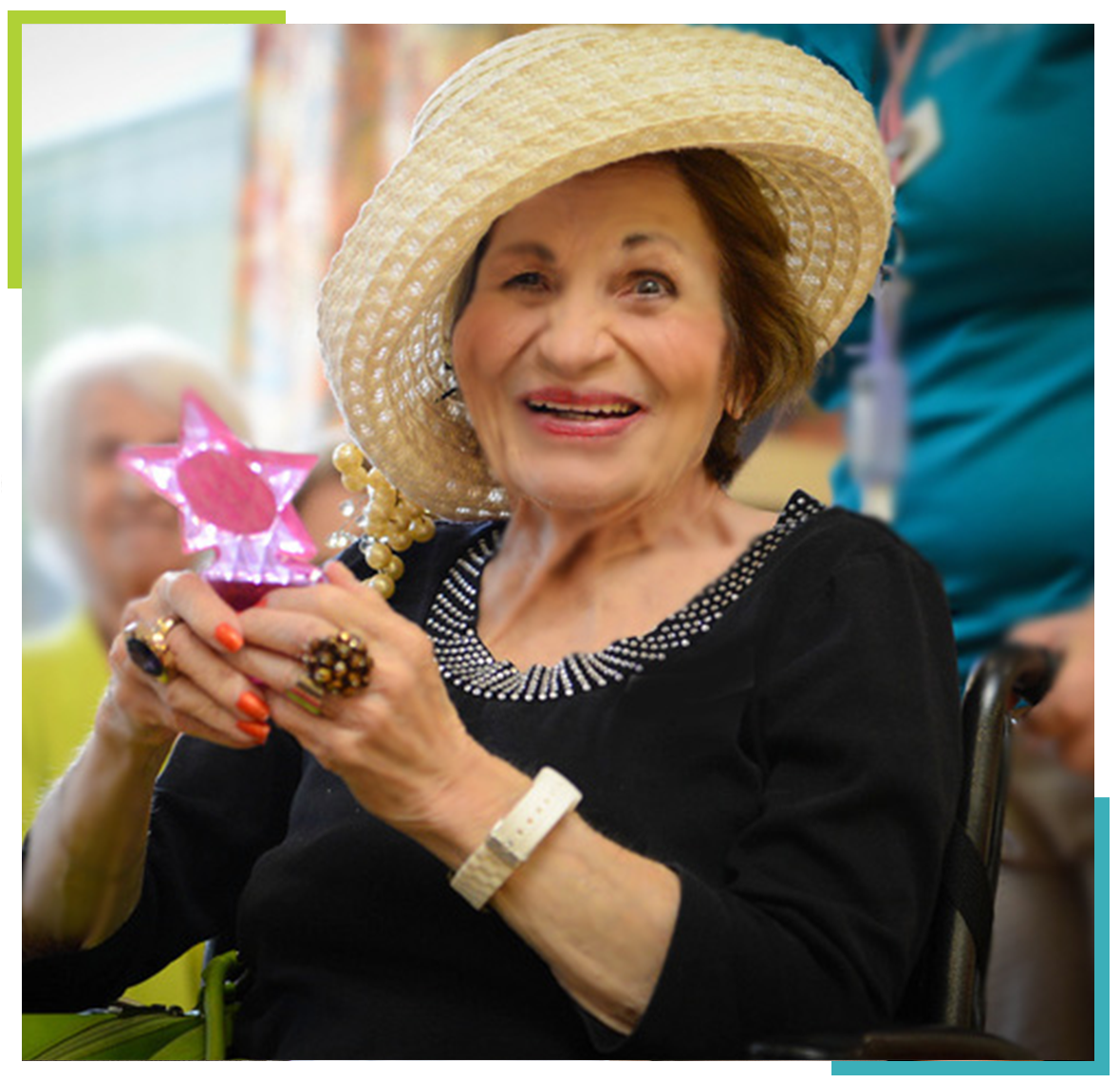
How is Senior Skin Different?
After you reach an advanced age, your skin undergoes significant physiological changes. The most noticeable of these is a decrease in elasticity, which leads to a feeling of tightness and less flexibility. The skin also thins and dries out as a consequence of reduced natural oil production. Another common issue is increased sensitivity – your skin may react more intensely to products or environmental factors than it did in younger years. The natural healing process also slows down, meaning injuries or irritations take longer to heal. Taken as a whole, this means that your skin undoubtedly has a less youthful and healthy look simply due to natural factors.
However, your environment and lifestyle choices also play pivotal roles in the health of your skin, accelerating the natural issues due to aging. Prolonged sun exposure, for instance, can accelerate the appearance of spots and wrinkles and increase the risk of skin cancer. Furthermore, your hydration level and diet significantly influence your skin’s condition. Staying hydrated helps maintain skin moisture, while a balanced diet supports skin health from within. In Florida, proper hydration and sun management are recommended for safety reasons, but those same steps are also pivotal in the fight against skin quality degradation.
Common Skin Conditions in Seniors
- Age Spots: Also known as liver spots, these are flat, brown, black, or gray spots that typically appear on sun-exposed areas. While generally harmless, some consider them unsightly and want to avoid them.
- Wrinkles: These lines and creases form in the skin and can exacerbated by sun damage, smoking, and dehydration.
- Rosacea: This condition is characterized by redness, visible blood vessels, and sometimes acne-like bumps, often triggered by environmental or lifestyle factors.
- Dry Skin: Commonly experienced by seniors, leading to itching and flakiness due to decreased oil production.
- Skin Tags: Small, benign growths typically appearing in areas where skin rubs together.
- Eczema: Patches of itchy, red skin enflamed by environmental factors.
- Keratosis Pilaris: Small, rough bumps usually appearing on arms, thighs, or cheeks, often linked to dry skin.
Establishing a Skincare Routine for Seniors
Developing a skincare routine as a senior involves focusing on three key steps: gentle cleansing, thorough moisturizing, and diligent protection. Your skin at this age requires less harsh and more nourishing products. Gentle cleansers help maintain the skin’s natural oils, avoiding over-drying. Moisturizing products that provide deep and lasting hydration are usually recommended to counteract the body’s natural lack of moisture-trapping ability. Finally, protection against environmental elements, especially the sun, helps you protect the progress you make at home. Look for products specifically formulated for older skin that are richer in hydrating and restorative ingredients.
Step-by-Step Daily Skincare Routine
- Cleansing: Start your day by gently cleansing your face with a mild, soap-free cleanser. This removes overnight build-up without stripping the skin of its natural oils.
- Moisturizing: Apply a rich moisturizer while your skin is still damp. Moisturizers that help lock in moisture to older skin typically contain compounds like glycerin and hyaluronic acid.
- Sun Protection: Apply broad-spectrum sunscreen with at least SPF 30 to all exposed skin every morning, even on cloudy days.
- Evening Routine: In the evening, repeat the cleansing process to remove the day’s dirt and grime. Follow up with a night cream, which is typically more hydrating and may contain anti-aging ingredients like retinol.
- Weekly Treatment: Consider using a gentle exfoliant to remove dead skin cells once a week, followed by a hydrating mask. This helps rejuvenate the skin and enhances the effectiveness of your daily products.
Remember, consistency is key. Establishing a routine and sticking to it will yield the best results for your skin’s health and appearance.
A Banyan Residence is a memory care and assisted living facility in The Villages, Florida. Contact us today to schedule a tour and learn how we can help seniors with all aspects of their lives, including maintaining healthy, youthful skin.


